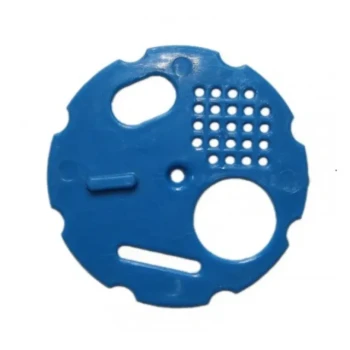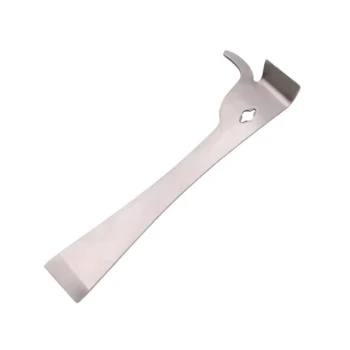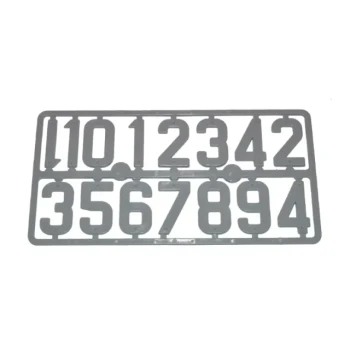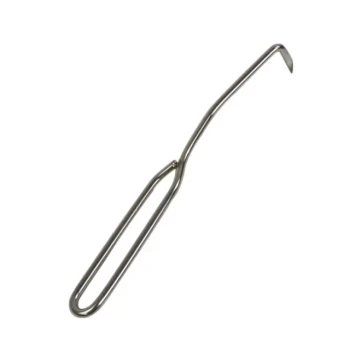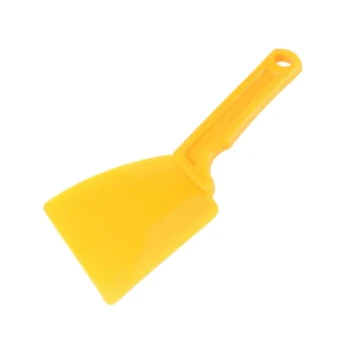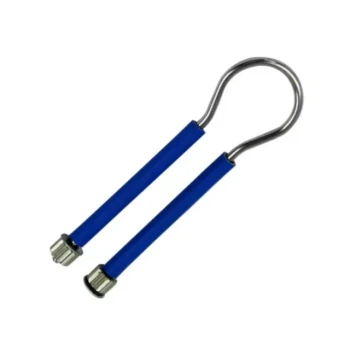Flexible hive entrance management is a critical skill because it gives you direct control over your colony's defense, internal climate, and efficiency. By adjusting the size and location of entrances, you empower your bees to better respond to seasonal pressures, from the intense heat of summer to the threat of robbing during a nectar dearth.
The hive entrance is not a static feature; it is a dynamic control system for the colony. Mastering its adjustment is fundamental to helping your bees conserve energy, defend against threats, and maintain a healthy internal environment throughout the year.
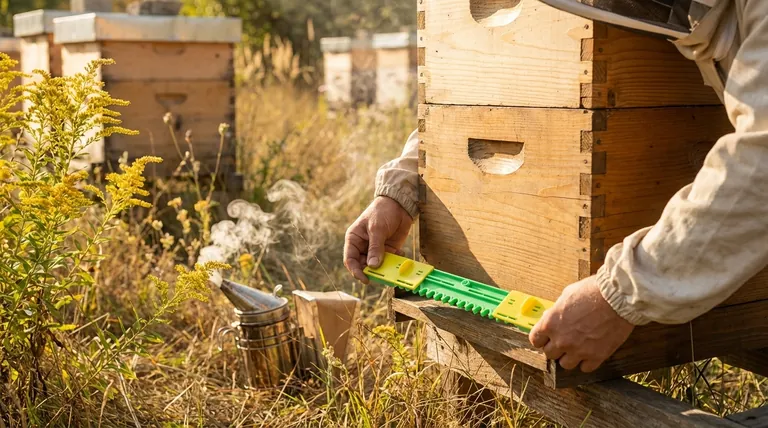
The Entrance as a Strategic Control Point
A beehive entrance serves multiple functions that change in priority depending on the season, colony strength, and outside threats. Understanding these roles is the key to effective management.
The Guard Post for Colony Defense
A smaller entrance is easier for guard bees to defend. A large, wide-open entrance can be an open invitation to robbing bees from other colonies or predatory wasps, especially when resources are scarce.
By reducing the entrance, you create a defensible chokepoint. This allows a small number of guards to effectively repel intruders, protecting the colony's precious food stores and brood.
The Climate Control System
The entrance is the primary regulator of ventilation and airflow. Bees work constantly to maintain a stable internal temperature (around 95°F or 35°C in the brood nest) and humidity.
In summer, a larger entrance promotes airflow, helping bees cool the hive and cure nectar into honey. In winter, a smaller entrance helps conserve vital heat.
The Traffic Management System
During a strong nectar flow, thousands of forager bees are constantly entering and leaving the hive. A restricted entrance can cause a traffic jam, reducing foraging efficiency and overall productivity.
Seasonal Adjustments: A Beekeeper's Calendar
Your entrance management strategy must adapt as the seasons change. There is no single "correct" size that works year-round.
Spring: Supporting Colony Buildup
In early spring, a small colony needs to focus its energy on raising brood. A reduced entrance helps the bees conserve heat, making it easier to maintain the ideal brood nest temperature.
As the colony's population explodes, you must gradually enlarge the entrance to prevent congestion and prepare for the summer nectar flow.
Summer: Maximizing Airflow
During the peak of summer, the goals are cooling and foraging efficiency. A fully open bottom entrance is standard.
Many beekeepers also add a small upper entrance. This creates a "chimney effect," allowing hot, humid air to escape from the top while cooler, fresh air is drawn in from the bottom, dramatically improving ventilation.
Late Summer & Fall: Preventing Robbing
This is the most dangerous time for robbing. As natural nectar sources dry up (a period called a nectar dearth), strong colonies and wasps will begin to scout for weaker hives to steal from.
It is critical to reduce your entrances at the first sign of a dearth. For a standard hive, an entrance reducer set to its smallest or medium opening is often necessary.
Winter: Balancing Warmth and Moisture
In winter, the entrance must provide ventilation without creating a cold draft. A reduced bottom entrance allows bees to exit for cleansing flights on warm days.
Crucially, an upper entrance is often recommended for cold climates. Warm, moist air produced by the bee cluster rises, and without an exit point, it will condense on the cold inner cover and drip back down onto the bees, which can be lethal.
Understanding the Trade-offs
Every entrance management decision involves balancing competing needs. There is no perfect solution, only the best choice for a specific situation.
Ventilation vs. Defense
The core trade-off is between airflow and security. A large entrance is excellent for ventilation on a hot day but is nearly impossible for a small colony to defend against robbers.
Always assess your colony's strength. A massive, booming colony can defend a larger entrance than a small nucleus colony can.
The Role of Mite Treatments
Hive management is not done in a vacuum. Certain mite treatments, particularly those using formic acid, require maximum ventilation to prevent the vapor concentration from harming the bees.
During such treatments, you must temporarily override other concerns and ensure entrances are fully open, even if it introduces a slight risk of robbing.
Supporting Weak or New Colonies
A new package, swarm, or small nucleus colony is extremely vulnerable. They have a small population and limited resources.
For these colonies, the entrance should always be reduced to the smallest possible opening (often just 1-2 bee-widths). This gives them the best possible chance to defend their new home.
Making the Right Choice for Your Apiary
Use your entrance reducer and hive configuration as active management tools, not just static equipment.
- If your primary focus is establishing a new colony: Keep the entrance reduced to its smallest setting to aid defense and heat conservation.
- If your primary focus is maximizing honey production in summer: Use a fully open bottom entrance and add an upper entrance to improve airflow and reduce foraging congestion.
- If your primary focus is preventing robbing during a nectar dearth: Immediately reduce the entrance to a size your bees can easily defend, often just a few centimeters wide.
- If your primary focus is overwintering successfully: Ensure a clear bottom entrance for access and a small upper entrance to allow moist air to escape.
By treating the entrance as a tool, you move from being a reactive beekeeper to a proactive partner in your colony's success.
Summary Table:
| Season | Primary Goal | Recommended Entrance Setting |
|---|---|---|
| Spring | Support brood buildup & conserve heat | Reduced to smallest setting |
| Summer | Maximize airflow & foraging efficiency | Fully open bottom; add upper entrance |
| Late Summer/Fall | Prevent robbing during nectar dearth | Reduced to a defensible size |
| Winter | Balance warmth and moisture control | Reduced bottom entrance; small upper entrance |
Equip your apiary for success with HONESTBEE. As a trusted wholesale supplier for commercial apiaries and distributors, we provide the durable entrance reducers, hive components, and equipment you need to implement these proactive management strategies effectively. Let our expertise help you build stronger, more productive colonies. Contact our team today to discuss your wholesale needs and optimize your operation.
Visual Guide
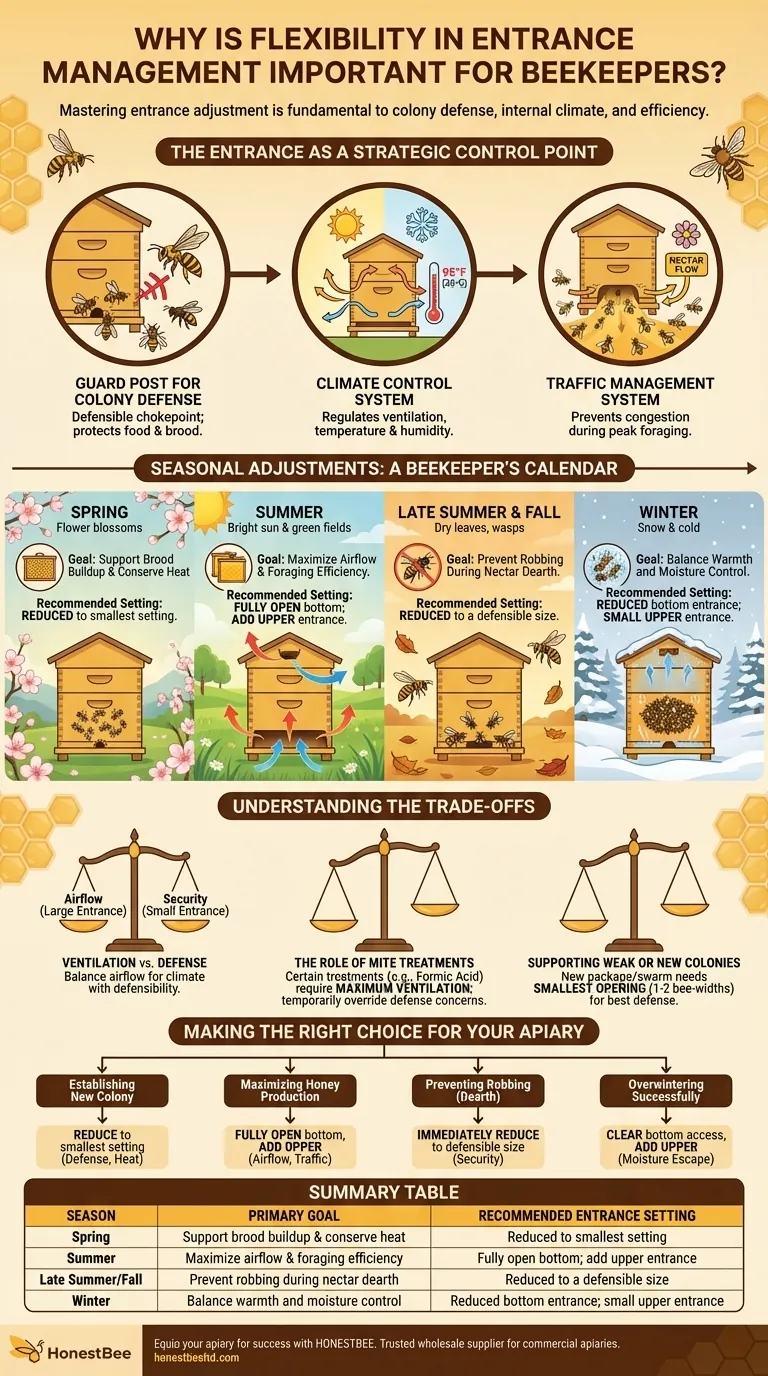
Related Products
- Multi-Functional Sliding Hive Entrance for Beekeeping
- Multi-Functional Rotary Hive Entrance Disc for Beekeeping
- HONESTBEE Professional Long Handled Hive Tool with Precision Cutting Blade
- Professional Multi-Function Stainless Steel Hive Tool
- Automatic Honey Flow Beehive 4 Frame Mini Hive for Beekeeping
People Also Ask
- How do bees manage debris with a small hive entrance? A Guide to Strategic Hive Management
- What are the different entrance sizes for an 8 or 10-frame Langstroth hive? A Guide to Seasonal Management
- Why is a smaller entrance size beneficial for a beehive? Boost Hive Defense & Productivity
- How does entrance configuration vary seasonally for beekeepers? A Guide to Year-Round Hive Health
- What are some alternative strategies to using entrance reducers? Empower Your Bees for Natural Hive Defense

